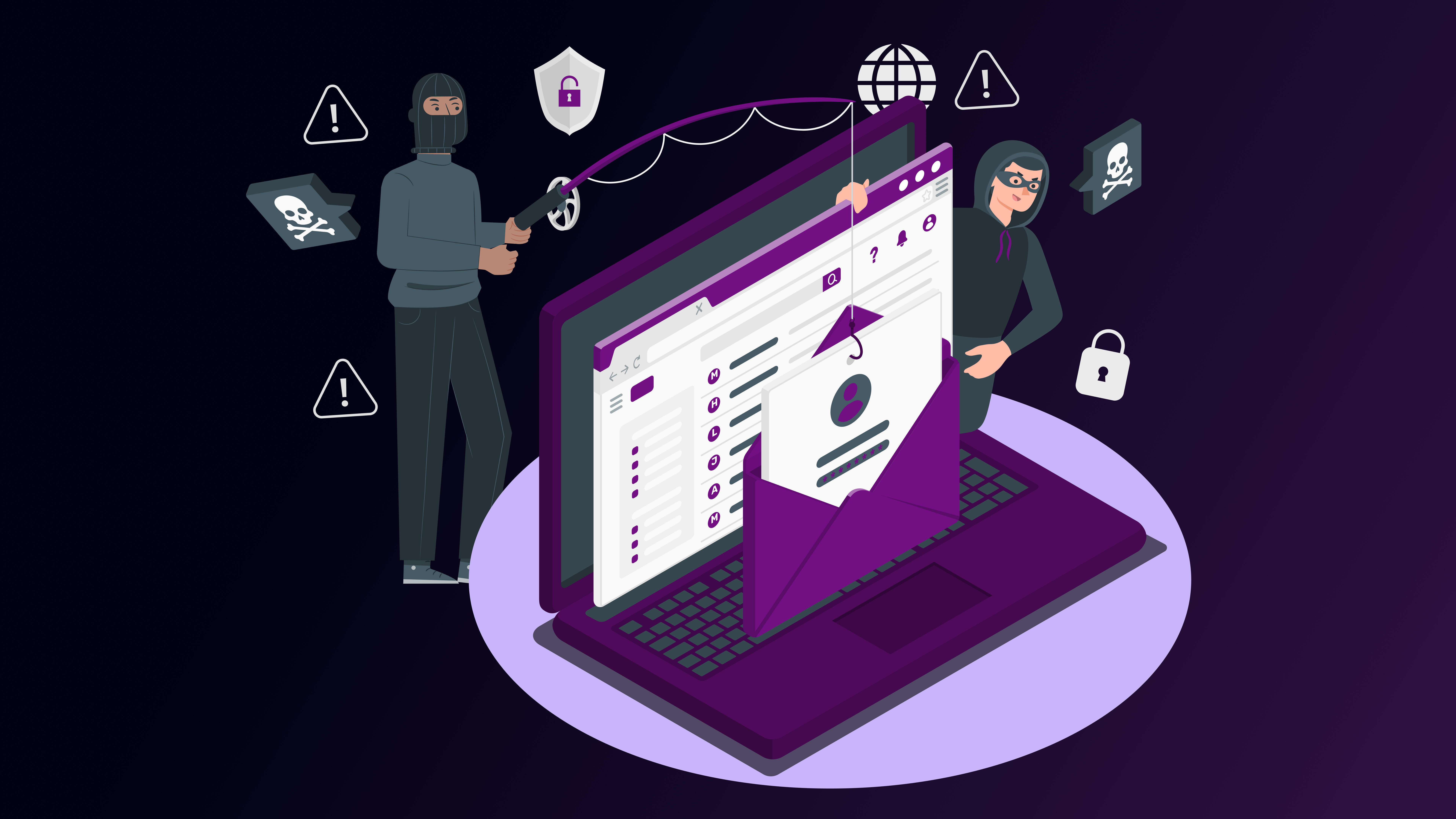You have got the sales team. You’ve got amazing leads coming in. You’re running demos. You’re sending follow-ups systematically. Everything feels “in motion.”
And still, the deals stall.
Sometimes they disappear after a great first call.
Sometimes they go quiet because they couldn’t convince the others internally.
Sometimes it’s just one objection, one doubt, one missing proof point that slows things down for weeks.
I’m sure being a founder, you must have faced the same frictions in the sales process – prospects ghosting, cancelling deals because of a misalignment or confusion or when they are just not convinced enough.
This is frustrating – especially when you know your product solves a real problem.
You’ve built something solid, a product that could potentially create a lot of value in the industry. And yet, the sales process gets longer because your prospects don’t see what you see.
But sadly, most founders think this is a sales problem.
Nope. This is a content problem.
Don’t believe it?
Let me tell you why that is.
The sales team can only do so much if they’re always explaining the same things on every call – how onboarding works, how your product fits with an existing stack, how you’re different from every other vendor.
That adds friction. Takes away trust building, which needs time. It eats into energy. And worst of all, it leaves your buyer unsure – just enough to not move forward.
This is where content becomes your silver bullet.
And not the usual top of the funnel visibility play.
But content that tells exactly what the buyer is struggling to understand or justify.
The right content, delivered at the right moment, can answer questions you haven’t been asked yet.
It can help your prospect build a case internally with other stakeholders
It can take the pressure off your next call – because the real convincing has already happened.
In this blog, we’re going to break down three powerful ways to use content to shorten your sales cycle.
Each one targets a specific kind of friction – operational confusion, internal misalignment, or lack of proof – and shows how you can solve it with smart, bottom-of-the-funnel content.
Let’s get into it.
So, what to change in your content to shorten your sales cycle?
1. Answer Operational Doubts Before the Sales Call
Most of the friction in a B2B sales process doesn’t come from the first call. It comes after.
Your champion is interested. The problem is clear. Your product seems like a good fit.
But then the real questions start surfacing internally:
- Will this integrate with our current tools?
- How much time will onboarding take?
- What kind of internal resources do we need to implement this?
- Will this affect compliance workflows or reporting?
Now, if your sales team has to answer all of this live — in back-to-back calls, with multiple stakeholders — you’re already adding time, complexity, and pressure to the deal.
But here’s the thing: these are predictable concerns.
You don’t need to wait for them to be asked. You need to build content that answers them upfront.
This could be:
- A technical FAQ that speaks to real implementation details
- A “What to Expect in the First 30 Days” onboarding guide
- A product compatibility matrix that shows exactly how your tool fits in with common stacks
- A simple checklist buyers can use to assess internal readiness
When a buyer reads this kind of content before — or immediately after — your first call, you shift the conversation from “I still have questions” to “I already know how this will work for us.”
And that’s where accelerated the momentum tremendously. Your content has clarified half of the doubts that the IT & operational head has about the product.
This one move – answering operational concerns with content – can shave weeks off your sales cycle. Because the conversation becomes clearer, faster, and more aligned.
Up next, we’ll talk about how to align different stakeholders in your target company – with content that convinces them from all angles.
2. Make Your Content for Aligning All Stakeholders
In most B2B deals – especially in Cybersecurity and SaaS – the person who first shows interest isn’t the one signing off.
You might have a great conversation with the security lead or an engineering head, but once that call ends, it’s not up to you anymore. It’s up to them – to convince the rest of their team.
The CFO. The compliance officer. The CTO. Maybe even the CEO.
And this is where the deal slows down. Not because your product isn’t good. But because your connection doesn’t have what they need to pitch it internally.
They don’t have the language.
They don’t have clear cost-benefit messaging.
They don’t have a link they can forward that speaks to each stakeholder’s priorities.
This is where content becomes your sales sidekick.
Instead of asking your champion to summarize what you do, give them content that does it for them:
- Executive one-pagers that explain your product’s business case in plain English
- ROI briefs that show clear numbers (time saved, risk reduced, effort lowered)
- Internal slide decks they can customize and use in decision-making meetings
- Mini-case studies relevant to their industry or size that show real outcomes
With this kind of ammunition, your PoC becomes your salesperson, vouching for you strong.
And when they are equipped with this kind of content, they push things ahead with confidence.
And here’s the bonus:
The better your content makes them look in front of their team, the more likely they are to stay invested in closing the deal.
You’ve essentially outsourced part of the internal sales process – and done it on your terms.
In the final strategy, we’ll look at how you can build trust at scale by making proof work harder – even before a conversation begins.

3. Use Proof to Build Trust – Even Without Names
In cybersecurity and in other industries, trust is everything – and proof is hard to show.
But for cybersecurity startups, showcasing proof of work becomes complex.
You might have closed major deals, solved high-stakes problems, and improved security posture for critical organizations. But due to NDAs, regulatory sensitivity, or internal policies, you can’t always talk about who those clients were.
This puts cybersecurity vendors in a tough spot.
Your prospects demand credibility, but the usual markers – logos, names, direct quotes – are off-limits. And without proof, deals slow down.
The solution? Stop thinking of “proof” as just big names. Start showing how you solve problems in real-world scenarios.
Describe the situation:
“A mid-sized insurance company struggling with phishing simulation fatigue…”
“A global SaaS platform with lingering IT risks and no visibility…”
Make the pain relatable. Walk through what the challenge looked like, how your product was used, and what the outcome was – even if you can’t name who it was for.
Then go a step further. Highlight why you were chosen.
Did you onboard faster than competitors?
Was your detection more granular?
Did your platform meet internal compliance checks with less manual work?
This is often where most vendors go silent – but that’s precisely how you build your edge.
Your buyer is likely to compare multiple tools. They want to know what sets you apart beyond marketing claims.
Also, give them assets that prove it without needing a call:
- Product walkthrough videos that match common industry use cases
- Scenario-based guides that show how your solution behaves in a real incident
- Compliance and data privacy documentation – upfront and visible
These are not just valid for cybersecurity, but for SaaS products in general.
You’re not trying to “impress” with glossy stories. You’re giving your buyer evidence they can trust, something they’d relate to much better than fluffy language on your homepage.
And when you do this well, the question isn’t “Who else uses this?”
It becomes: Can I afford not to use this in my stack?
Use Content to Reduce Friction for Your Prospects
Your prospects perhaps look at multiple competitors of your product day in and out. And they get frustrated with the way conversations move from appeal to confusion and finally delay and communication gaps.
This is your chance to stand out and do something different. Not necessarily becoming the best product, but the best communicator of ideas, solutions and value proposition. With these three content strategies, you will be able to give your prospects clear understanding of your business and reduce friction in your sales process.
Connect with us today to streamline your content strategy for less sales frictions and strengthening your marketing capacity.





